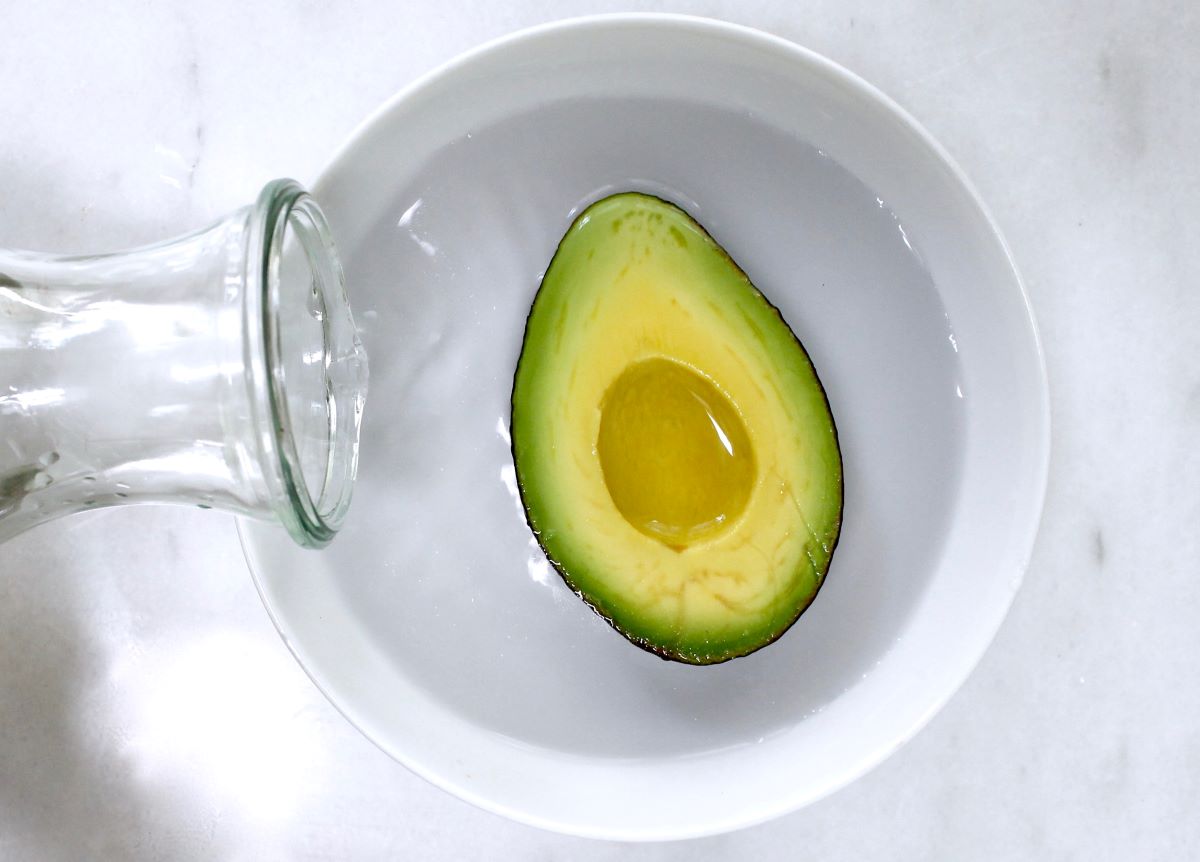

Articles
How To Store Half An Avocado In Water
Modified: February 23, 2024
Learn how to store half an avocado in water and keep it fresh for longer with these helpful articles.
(Many of the links in this article redirect to a specific reviewed product. Your purchase of these products through affiliate links helps to generate commission for Storables.com, at no extra cost. Learn more)
Introduction
The avocado is a versatile and delicious fruit that is packed with essential nutrients and healthy fats. However, once you cut open an avocado, it quickly begins to oxidize and turn brown, making it less appealing to eat. This can be a frustrating dilemma, especially if you only need to use half of the avocado and want to save the other half for later.
In this article, we will explore two simple methods for storing half an avocado to keep it fresh for a longer period. These techniques will help you avoid wasting leftover avocado and ensure that you can enjoy its creamy goodness whenever you desire.
So, let’s dive into these practical methods and find out how to store half an avocado in water or using lemon juice.
Key Takeaways:
- Store half an avocado in water to prevent browning and extend its freshness for up to a day or two. Enjoy the remaining half without any loss in flavor or texture.
- Use lemon juice as a natural preservative to maintain the vibrant green color of half an avocado. This method adds a tangy flavor enhancement and is ideal for short-term storage.
Why Store Half An Avocado?
Avocados are not only delicious but also incredibly nutritious. They are rich in heart-healthy monounsaturated fats, fiber, and various vitamins and minerals. However, once an avocado is cut open, it begins to oxidize due to exposure to air. This oxidation process causes the avocado flesh to turn brown and can affect both its taste and appearance.
Many people find themselves in situations where they only need to use half an avocado for a recipe or a meal. Tossing out the unused half seems like a waste, both in terms of money and food. That’s where storing half an avocado comes in handy.
By properly storing half an avocado, you can extend its freshness and preserve its vibrant green color. This means you can enjoy the remaining half at a later time without worrying about it going bad. Not only does this save you money, but it also reduces food waste, which is essential for a more sustainable lifestyle.
Whether you have leftover avocado from making guacamole, want to save some for tomorrow’s salad, or simply want to savor the other half later, knowing how to store it properly will ensure that it remains fresh and enjoyable until you’re ready to dig in.
Now, let’s explore two effective methods for storing half an avocado: in water and using lemon juice.
Method 1: Storing Half An Avocado In Water
Storing half an avocado in water is a simple technique that helps prevent browning and keeps the avocado flesh fresh. The water acts as a barrier, protecting the exposed surface from air, which slows down the oxidation process.
Here’s a step-by-step guide on how to store half an avocado in water:
Step 1: Cut the avocado in half
Using a sharp knife, carefully slice the avocado in half lengthwise. To do this, cut around the pit, starting from the stem end and working your way down to the bottom. Hold onto the avocado firmly and twist the two halves apart.
Step 2: Place the avocado half in a container
Choose a container that is large enough to accommodate the avocado half without squishing it. Make sure the container has a tight-sealing lid to prevent any unwanted odors or flavors from seeping in.
Step 3: Fill the container with water
Gently place the avocado half cut-side down in the container, ensuring that it is fully submerged in water. Use enough water to cover the avocado completely, but be mindful not to overflow the container.
Step 4: Store the container in the refrigerator
Once the avocado half is in the container and covered with water, seal the lid tightly and place it in the refrigerator. The cool temperature will help keep the avocado fresh and slow down the browning process.
When you’re ready to use the avocado, simply remove it from the water, pat it dry with a paper towel, and enjoy!
Storing half an avocado in water is an effective method for preserving its freshness and preventing browning. This technique can help extend the avocado’s shelf life for up to a day or two, allowing you to enjoy the remaining half without any loss in flavor or texture.
Step 1: Cut the Avocado in Half
The first step in storing half an avocado using the water method is to cut the fruit in half. This can be done by following these simple instructions:
- Gather your supplies: Before you begin, make sure you have a clean cutting board, a sharp knife, and a firm grip on the avocado. Using a sharp knife is important to ensure a clean and smooth cut without damaging the flesh.
- Hold the avocado: Place the avocado on the cutting board, and firmly hold it in place with one hand. Make sure to use caution and keep your fingers away from the blade of the knife to avoid any accidents.
- Locate the pit: Orient the avocado so that the stem end is facing upward. This will help you identify the direction of the pit, which runs vertically from top to bottom.
- Insert the knife: Gently insert the knife into the avocado, starting from the stem end and running along the length of the fruit until you reach the bottom. Apply gentle pressure and take your time to ensure a clean cut.
- Rotate and separate: With the knife still inserted, rotate the avocado around its pit, keeping the blade against the pit’s surface. This will allow you to make a full circle around it, effectively separating the avocado into two halves.
- Remove the pit: Once you have two halves, gently twist the halves in opposite directions to separate them fully. Be careful not to apply too much force to avoid any injuries.
Now that you have successfully cut the avocado in half, you are ready to move on to the next step: placing the avocado half in a container and storing it in water.
Remember, taking your time and being cautious during the cutting process will help you achieve clean and uniform avocado halves, ensuring a pleasant storage and eating experience later on.
Step 2: Place the Avocado Half in a Container
After cutting the avocado in half, the next step in the water method for storing half an avocado is to place the avocado half in a container. Here’s a detailed guide on how to do it:
- Select a suitable container: Choose a container that is just the right size to hold the avocado half without squishing or damaging it. Glass or plastic containers with a tight-sealing lid are ideal for this purpose.
- Prepare the container: Ensure that the container is clean and dry before placing the avocado half inside. This will help maintain the avocado’s freshness and prevent any unwanted odors or flavors from transferring to the fruit.
- Position the avocado half: Gently place the avocado half cut-side down into the container. This will help minimize the avocado’s exposure to air, which can accelerate the browning process. Position it in a way that allows for easy sealing of the container later on.
- Leave the pit in: You may choose to leave the pit intact in the avocado half or remove it, depending on personal preference. Some believe that leaving the pit in can help slow down the browning process, but the effectiveness of this method may vary.
It’s important to note that the container should have enough space to accommodate the avocado half without causing any pressure or squishing. This will help maintain the avocado’s shape and overall quality during storage.
Once you have placed the avocado half in the container, you are ready to move on to the next step: filling the container with water to create a protective barrier around the avocado.
Remember, handling the avocado gently and positioning it properly in the container will help ensure that it stays in optimal condition throughout the storage process.
Read more: How To Store The Other Half Of An Avocado
Step 3: Fill the Container with Water
After placing the avocado half in a container, the next step in the water method for storing half an avocado is to fill the container with water. This process creates a protective barrier around the avocado, preventing it from coming into contact with air and slowing down the oxidation process. Follow these steps to properly fill the container:
- Use cold water: Fill the container with cold water from the tap. The cold temperature helps maintain the avocado’s freshness and slows down the browning process.
- Submerge the avocado: Gently lower the avocado half, cut-side down, into the container filled with water. Ensure that the entire avocado half is fully submerged in water. This prevents any part of the avocado flesh from being exposed to air, which could cause it to turn brown.
- Adjust the water level: If necessary, add more water to the container to ensure that the avocado is completely covered. However, be cautious not to overfill the container, as it may cause the water to spill when you seal it.
By submerging the avocado half in water, you create a barrier that slows down the oxidation process and keeps the avocado flesh fresh and green for an extended period. The water acts as a protective coating, preserving the taste, texture, and appearance of the avocado until you’re ready to use it.
Now that you have filled the container with water, proceed to the next step: storing the container in the refrigerator to keep the avocado half cool and fresh.
Remember, ensuring that the avocado half is fully submerged in water is essential to maintain its freshness. This step, combined with the previous steps of placing the avocado in a container, sets the stage for successful storage of half an avocado.
Step 4: Store the Container in the Refrigerator
After filling the container with water and submerging the avocado half, the final step in the water method for storing half an avocado is to place the container in the refrigerator. Storing the avocado in a cool environment slows down the ripening process and helps maintain its freshness. Follow these steps to properly store the container:
- Seal the container: Ensure that the lid of the container is tightly sealed. This helps to maintain the optimal level of humidity around the avocado, preventing it from drying out too quickly.
- Label and date the container: To keep track of the avocado’s freshness, you can label the container with the date of storage. This will help you remember how long it has been stored and ensure that it is consumed within a reasonable time frame.
- Place the container in the refrigerator: Find a spot in your refrigerator where the container can sit undisturbed. Ideally, choose a cooler section of the fridge, such as the middle or lower shelf. Avoid placing the container in areas that are prone to temperature fluctuations, such as near the door.
Storing the container in the refrigerator keeps the avocado chilled, which helps slow down the enzymatic browning process. This ensures that the avocado flesh maintains its vibrant green color and stays fresh for a longer period.
When you’re ready to use the stored avocado, remove it from the refrigerator, take it out of the water, pat it dry with a paper towel, and enjoy!
Remember, refrigeration is an essential factor in extending the shelf life of the stored avocado half. This step, in combination with the previous steps of submerging the avocado in water and sealing the container, helps maximize the freshness and quality of the avocado.
Place the half avocado in a container with enough water to cover it completely. Seal the container and store it in the refrigerator. Change the water daily to keep the avocado fresh for longer.
Method 2: Using Lemon Juice to Store Half an Avocado
If you prefer an alternative to the water method, using lemon juice is another effective way to store half an avocado. The acid present in lemon juice helps to inhibit the enzymatic browning process, keeping the avocado fresh and vibrant. Here is a step-by-step guide on how to use lemon juice to store half an avocado:
- Step 1: Cut the avocado in half
Using a sharp knife, carefully cut the avocado in half lengthwise. Start from the stem end and slice all the way down until you reach the bottom. Gently twist the two halves to separate them.
- Step 2: Brush lemon juice on the cut surface
Squeeze fresh lemon juice onto the cut surface of the avocado half. Use a brush or your finger to evenly spread the lemon juice, ensuring that the entire cut surface is covered. The acidic lemon juice will help prevent browning and maintain the avocado’s color.
- Step 3: Place the avocado half in a container or wrap it in plastic
Choose a container that is just the right size to accommodate the avocado half without squishing it. Alternatively, you can tightly wrap the avocado half in plastic wrap, ensuring that there is no exposed flesh.
- Step 4: Store the container or wrapped avocado in the refrigerator
Place the container or wrapped avocado in the refrigerator. The colder temperature will help slow down the ripening process and keep the avocado fresh. The lemon juice acts as a protective layer, preserving the avocado’s natural flavor and preventing it from turning brown.
When you’re ready to use the avocado half, unwrap it from the plastic or remove it from the container. Rinse the lemon juice off before consuming, or leave it for a tangy flavor enhancement.
Using lemon juice to store half an avocado is a simple and effective method that helps maintain its freshness and vibrant green color. The acidic properties of lemon juice act as a natural preservative, providing a delicious and visually appealing avocado for future use.
Step 1: Cut the Avocado in Half
The first step in using lemon juice to store half an avocado is to cut the fruit in half. This process helps expose the flesh and allows the lemon juice to effectively work its magic. Here’s a detailed guide on how to do it:
- Gather your supplies: Before you begin, make sure you have a clean cutting board, a sharp knife, and a firm grip on the avocado. Using a sharp knife is important to ensure a clean and smooth cut without damaging the flesh.
- Hold the avocado: Place the avocado on the cutting board, and firmly hold it in place with one hand. Make sure to use caution and keep your fingers away from the blade of the knife to avoid any accidents.
- Locate the pit: Orient the avocado so that the stem end is facing upward. This will help you identify the direction of the pit, which runs vertically from top to bottom.
- Insert the knife: Gently insert the knife into the avocado, starting from the stem end and running along the length of the fruit until you reach the bottom. Apply gentle pressure and take your time to ensure a clean cut.
- Rotate and separate: With the knife still inserted, rotate the avocado around its pit, keeping the blade against the pit’s surface. This will allow you to make a full circle around it, effectively separating the avocado into two halves.
- Remove the pit: Once you have two halves, gently twist the halves in opposite directions to separate them fully. Be careful not to apply too much force to avoid any injuries.
Now that you have successfully cut the avocado in half, you are ready to move on to the next step: brushing lemon juice on the cut surface to prevent browning.
Remember, taking your time and being cautious during the cutting process will help you achieve clean and uniform avocado halves, ensuring a pleasant storage and eating experience later on.
Read more: How To Store Half An Avocado Without Lemon
Step 2: Brush Lemon Juice on the Cut Surface
After cutting the avocado in half, the next step in the process of using lemon juice to store half an avocado is to brush lemon juice onto the cut surface. The acidic properties of lemon juice help to prevent enzymatic browning and maintain the avocado’s vibrant green color. Follow these steps to properly brush lemon juice on the cut surface:
- Gather your supplies: You will need a fresh lemon and a brush or a small spoon to apply the lemon juice.
- Cut the lemon: Slice the lemon in half, creating a flat surface to squeeze the juice from.
- Squeeze the lemon: Hold one half of the lemon over a small bowl or directly over the cut surface of the avocado half. Squeeze the lemon to release the juice.
- Brush the cut surface: Using a brush or a small spoon, gently apply the lemon juice evenly across the exposed flesh of the avocado half. Ensure that all areas, including the edges, are coated with the lemon juice.
The citric acid in the lemon juice acts as a natural antioxidant that helps slow down the oxidation process. This prevents the avocado from turning brown and helps preserve its fresh appearance.
Once you have brushed the lemon juice onto the cut surface of the avocado half, proceed to the next step: placing the avocado half in a container or wrapping it in plastic.
Remember, ensuring that the entire cut surface is covered with lemon juice is crucial for effective browning prevention. Taking this step will help maintain the avocado’s appealing color and flavor for a longer period.
Step 3: Place the Avocado Half in a Container or Wrap it in Plastic
After brushing lemon juice onto the cut surface of the avocado half, the next step in using lemon juice to store half an avocado is to properly store it. There are two common methods for storage: placing the avocado half in a container or wrapping it in plastic. Here’s a detailed guide on each of these options:
- Option 1: Place the avocado half in a container:
- Select a container that is just the right size to hold the avocado half without squishing or damaging it. Glass or plastic containers with a tight-sealing lid work well for this purpose.
- Gently place the avocado half, cut-side down, into the container. Ensure that it fits comfortably without any excess pressure.
- If you have multiple avocado halves, consider using separate containers or placing a sheet of plastic wrap directly on the surface of the avocado flesh before closing the lid. This helps minimize contact with air and further reduces the risk of browning.
- Option 2: Wrap the avocado half in plastic:
- Using plastic wrap, carefully cover the exposed flesh of the avocado half. Start by placing the plastic wrap directly on the surface of the cut side.
- Wrap the avocado half tightly, ensuring no part of the flesh is exposed to the air. Secure the plastic wrap by twisting the ends or using a rubber band.
- If you have multiple avocado halves, wrap each one individually to maintain their freshness and prevent cross-contamination.
Both methods provide effective protection for the avocado half, preventing excess oxidation and maintaining its quality. Choose the option that works best for you based on the available resources and personal preference.
Now that you have placed the avocado half in a container or wrapped it in plastic, you are ready to move on to the final step: storing the container or wrapped avocado in the refrigerator.
Remember, ensuring that the avocado half is properly stored is crucial for maintaining its freshness and keeping it in optimal condition until you’re ready to enjoy it.
Step 4: Store the Container or Wrapped Avocado in the Refrigerator
After placing the avocado half in a container or wrapping it in plastic, the final step in using lemon juice to store half an avocado is to store it in the refrigerator. Storing the avocado in a cool environment helps slow down the ripening process and preserves its freshness. Here’s a detailed guide on how to properly store the container or wrapped avocado in the refrigerator:
- Seal the container or secure the plastic wrap: If you placed the avocado half in a container, ensure that the lid is tightly sealed to maintain the avocado’s freshness. If you wrapped the avocado in plastic, secure the plastic wrap by twisting the ends or using a rubber band to prevent any air exposure.
- Label and date the container (optional): If desired, you can label the container with the date of storage. This serves as a helpful reminder of the avocado’s freshness and ensures it is consumed within a reasonable time frame.
- Place the container or wrapped avocado in the refrigerator: Find a spot in your refrigerator where the container or wrapped avocado can sit undisturbed. Ideally, choose a cooler section of the fridge, such as the middle or lower shelf. Avoid placing the container or avocado near areas that experience temperature fluctuations, such as near the door.
Storing the container or wrapped avocado in the refrigerator helps maintain a consistently cool temperature, which slows down the ripening process and preserves the avocado’s quality. The lemon juice acts as a protective barrier against browning, ensuring that the avocado remains fresh and visually appealing.
When you’re ready to use the stored avocado, remove it from the refrigerator, unwrap it from the plastic or open the container. Rinse off the lemon juice, if desired, and enjoy the fresh and delicious avocado!
Remember, refrigeration is a crucial factor in extending the shelf life of the stored avocado half. Ensure that the container is properly sealed or the plastic wrap is tightly secured to maintain the avocado’s freshness and prevent any odors from permeating it.
Conclusion
Storing half an avocado is a great way to minimize food waste and ensure that you can enjoy the remaining half at a later time. Whether you choose to store the avocado in water or use lemon juice as a preservative, both methods provide effective ways to prevent browning and maintain the avocado’s freshness.
The water method involves submerging the avocado half in water, creating a protective barrier against air exposure. This method is simple, cost-effective, and allows you to keep the avocado fresh for up to a day or two.
Alternatively, using lemon juice offers a natural acid barrier against browning. The citric acid in lemon juice helps slow down the oxidation process, preserving the avocado’s vibrant green color. This method works well for short-term storage and adds a tangy flavor enhancement to the avocado.
Regardless of the method you choose, it’s important to handle the avocado with care to prevent any bruising or damage. Ensuring that the container is sealed properly or the plastic wrap is tightly secured will help maintain the avocado’s quality and prevent any unwanted odors from affecting its taste.
Remember to store the container or wrapped avocado in the refrigerator, as the cool temperatures slow down the ripening process and help extend its shelf life. When you’re ready to use the stored avocado, simply remove it from the refrigerator, rinse off any preservation agents, if desired, and enjoy it in your favorite recipes or as a nutritious snack.
By utilizing these storage methods, you can minimize waste and fully enjoy the creamy, nutrient-rich goodness of avocados. So, the next time you find yourself with a leftover avocado half, don’t hesitate to apply these techniques to keep it fresh and delicious!
Frequently Asked Questions about How To Store Half An Avocado In Water
Was this page helpful?
At Storables.com, we guarantee accurate and reliable information. Our content, validated by Expert Board Contributors, is crafted following stringent Editorial Policies. We're committed to providing you with well-researched, expert-backed insights for all your informational needs.
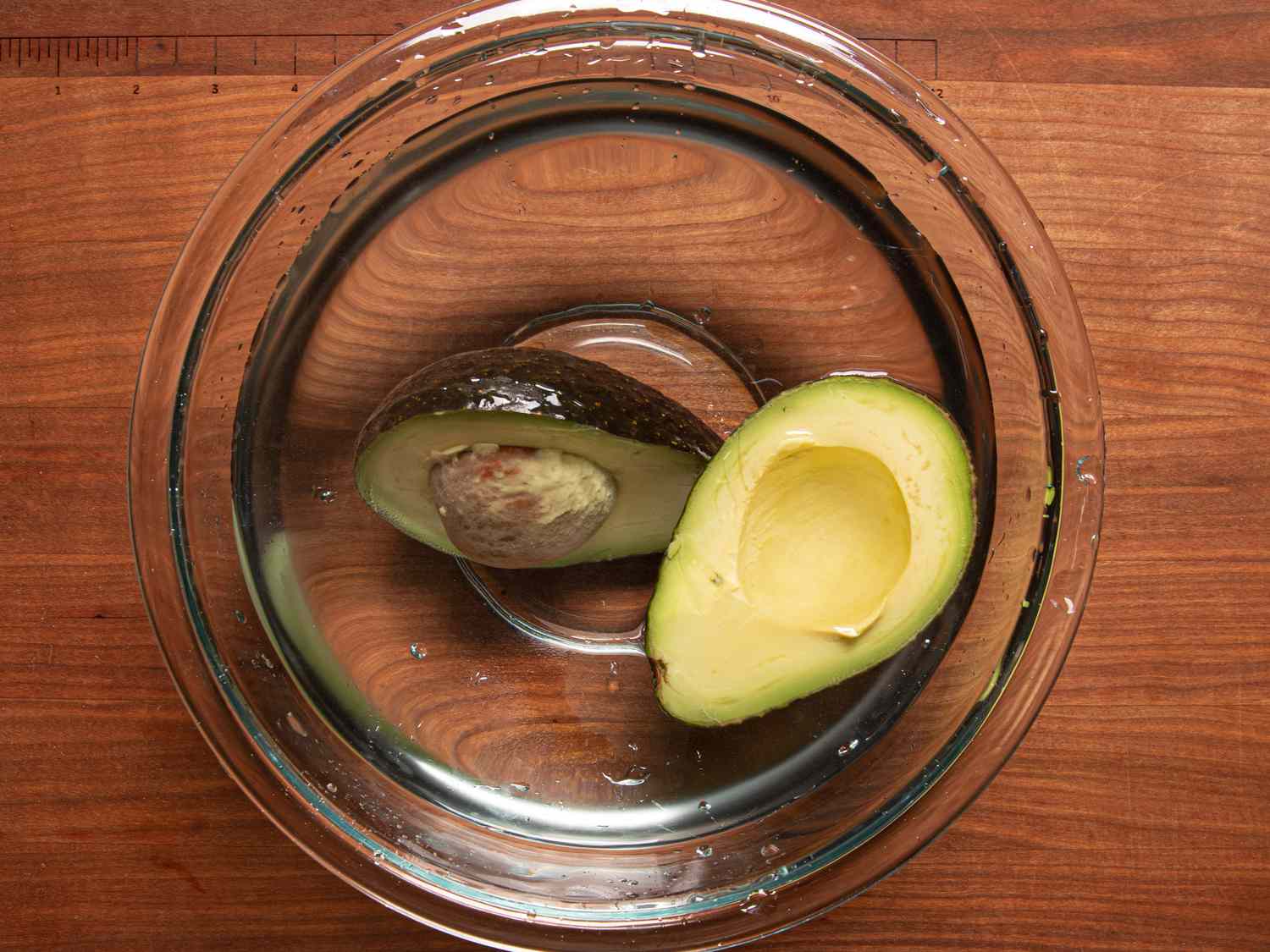
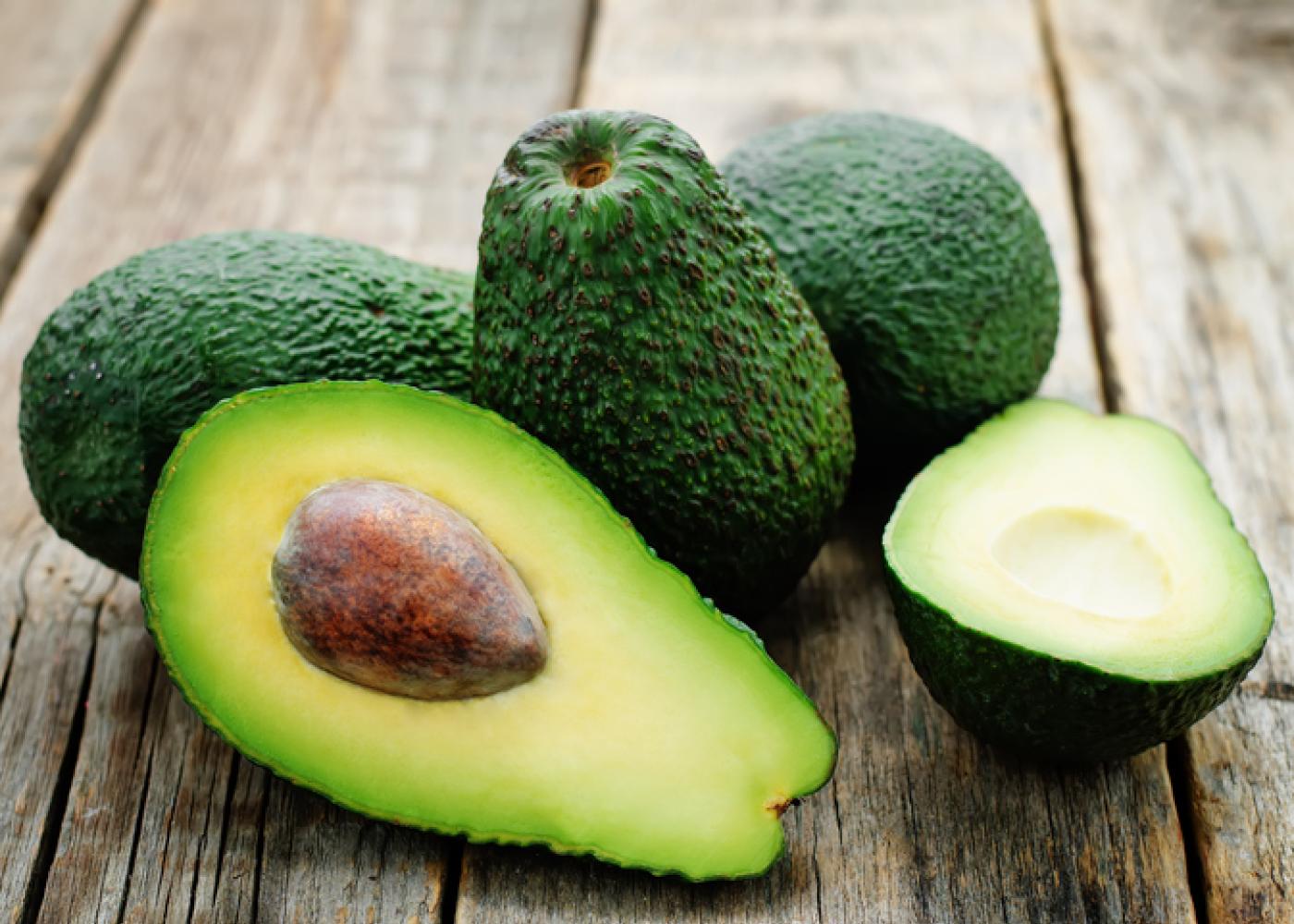
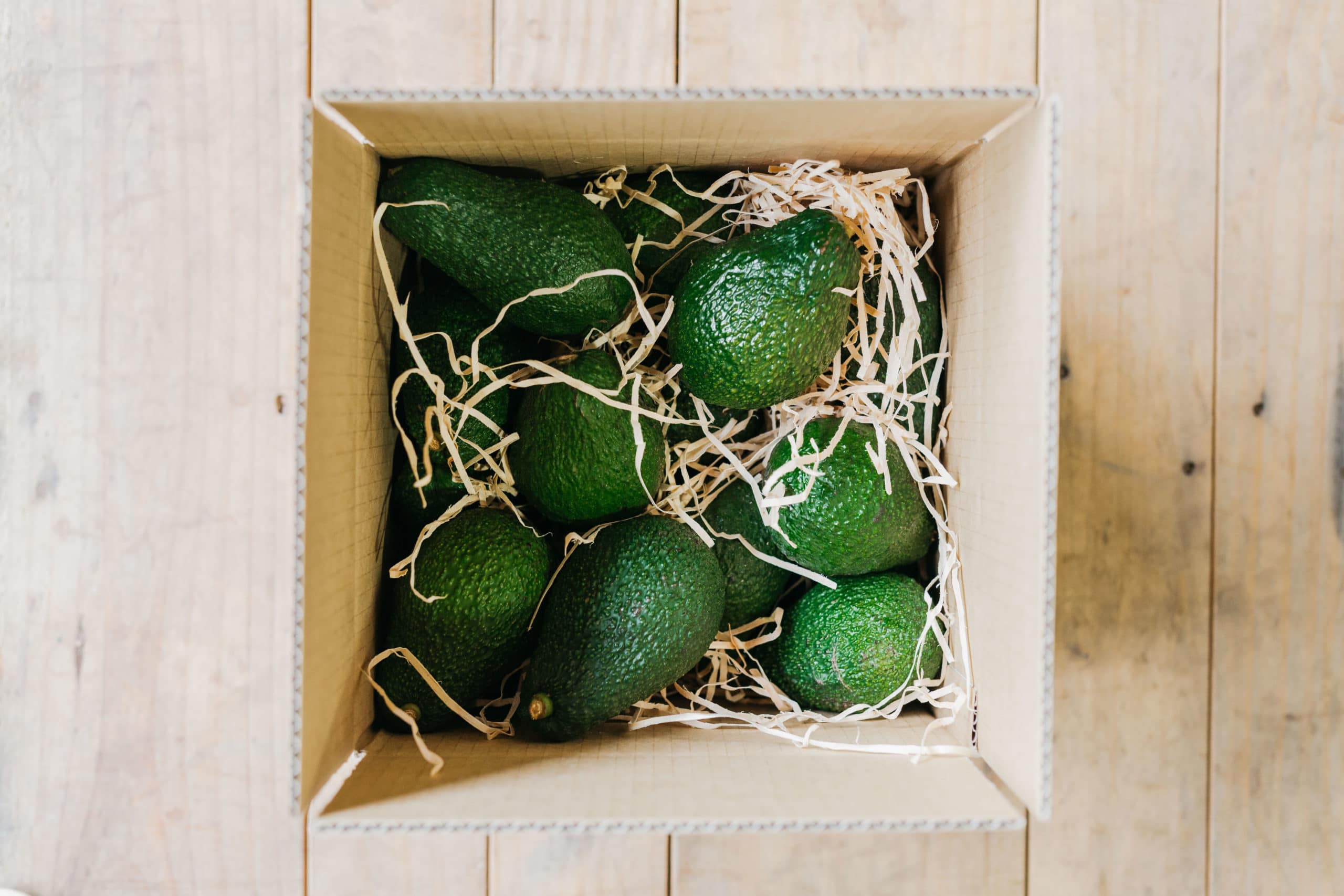
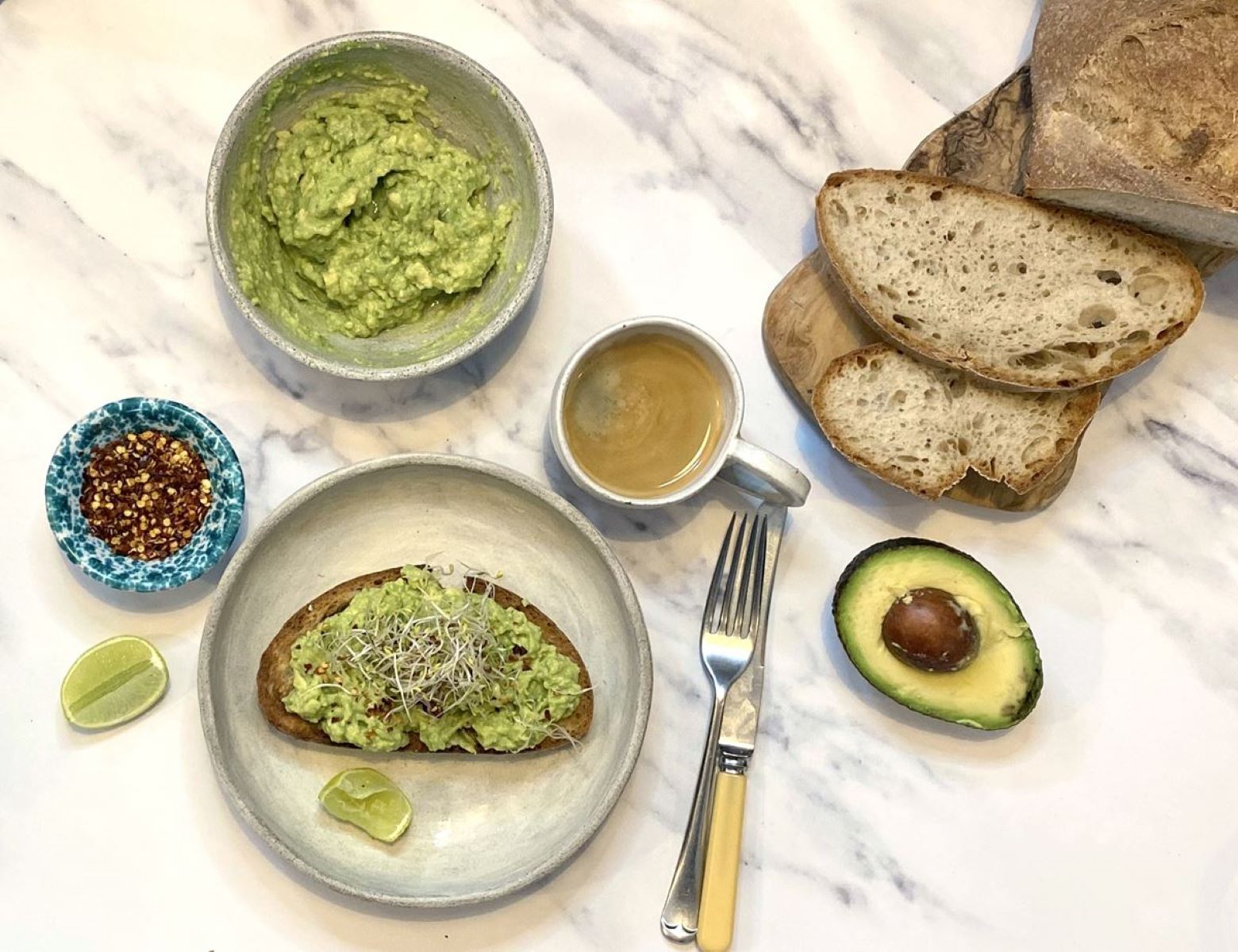
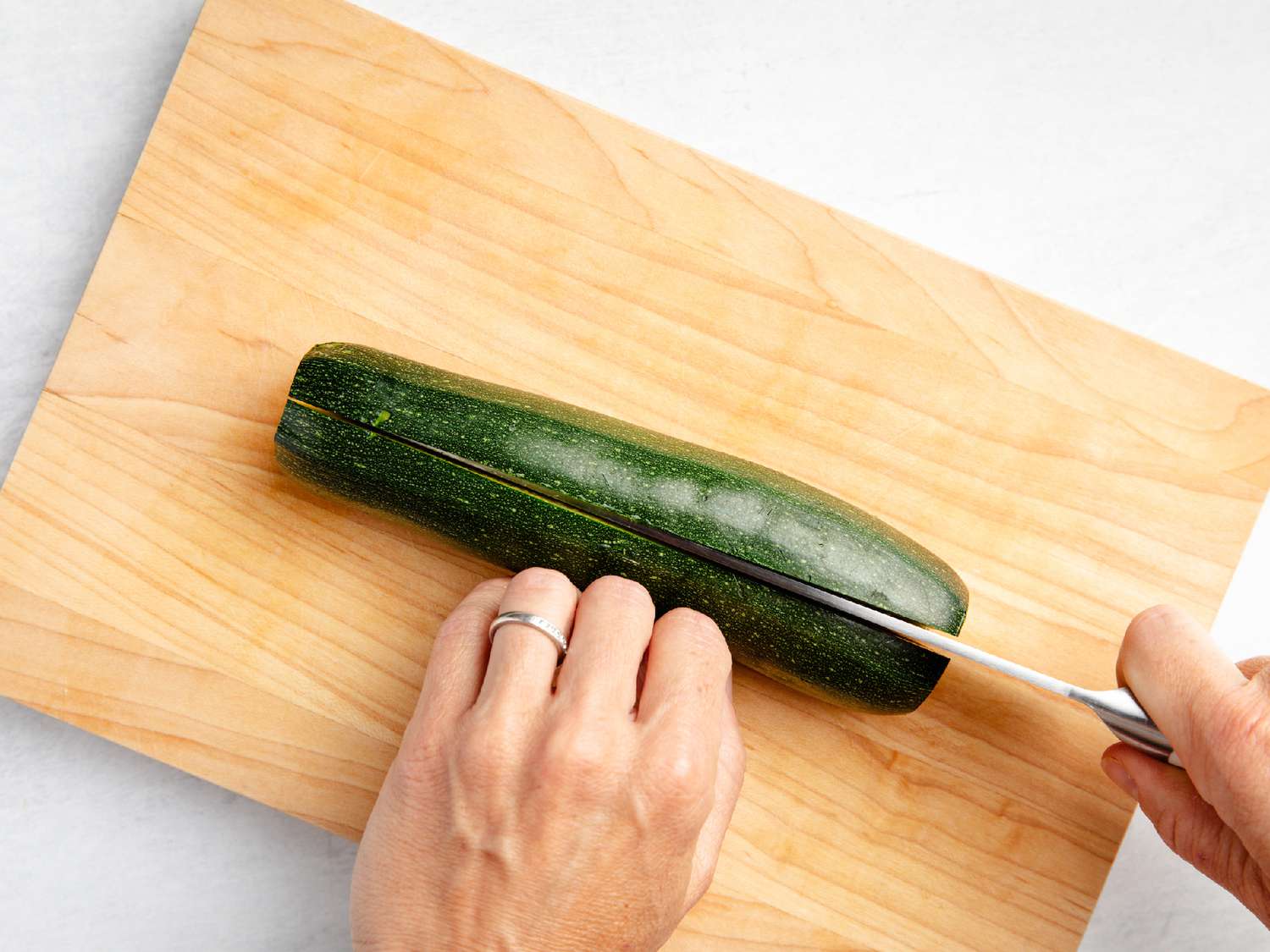
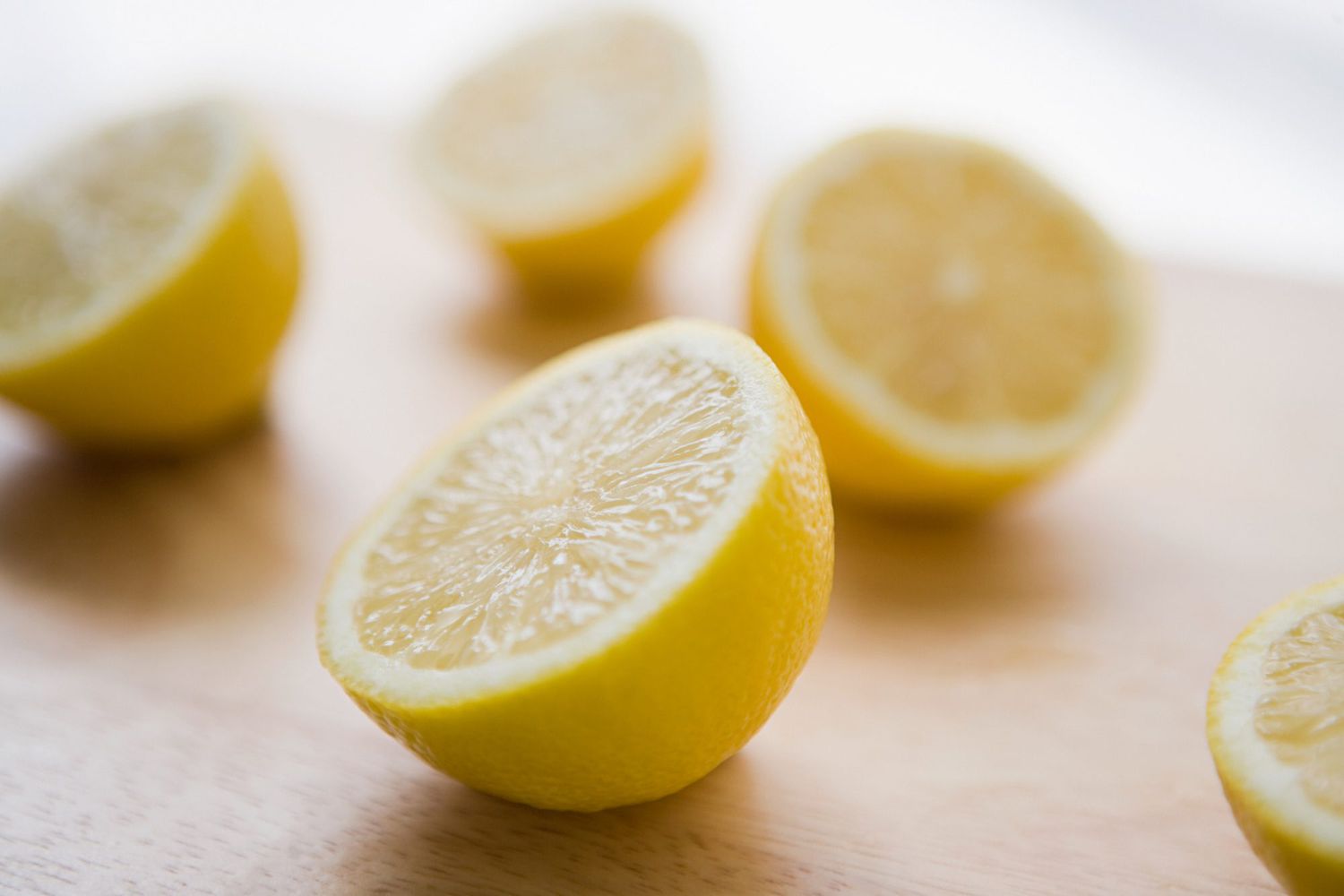

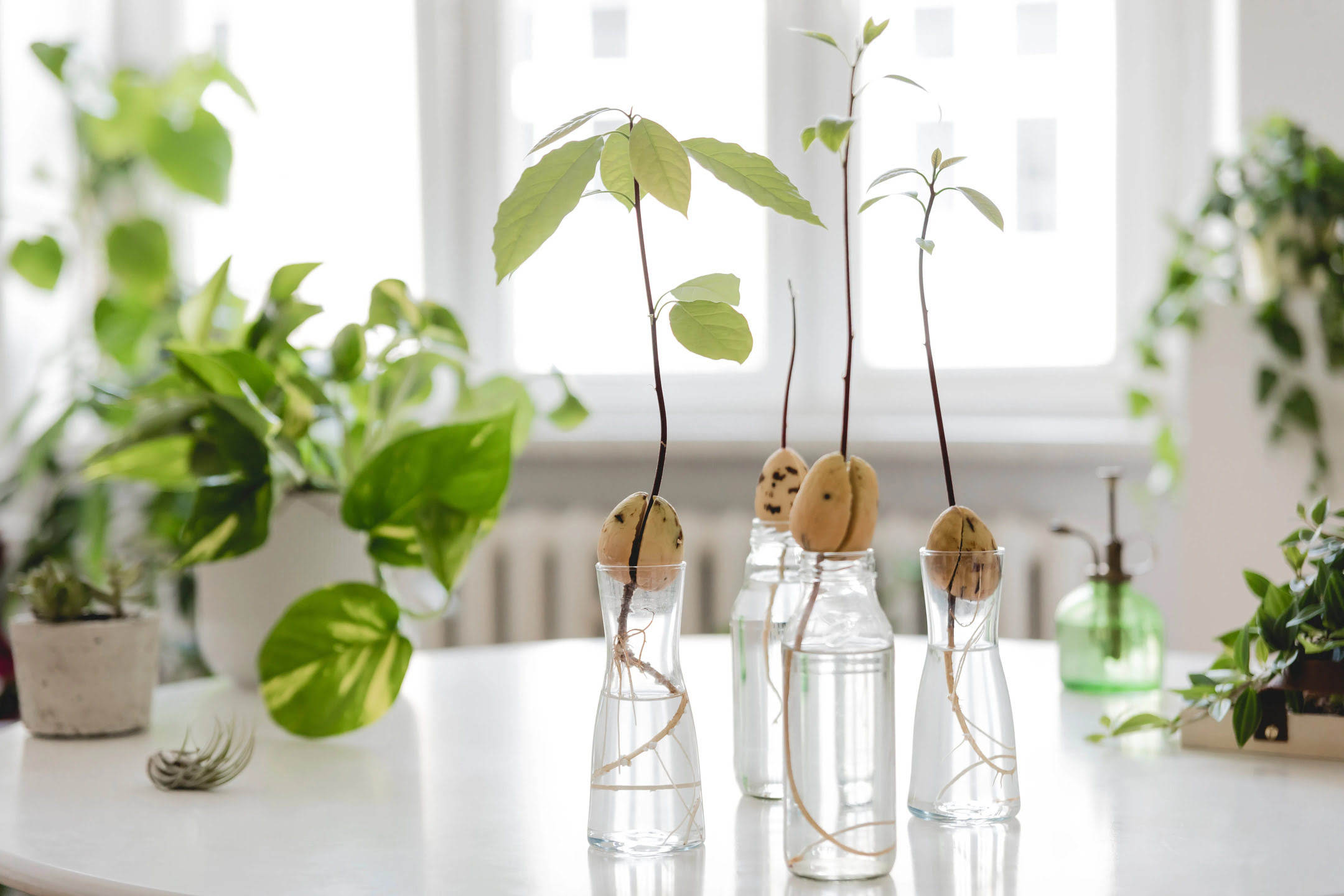
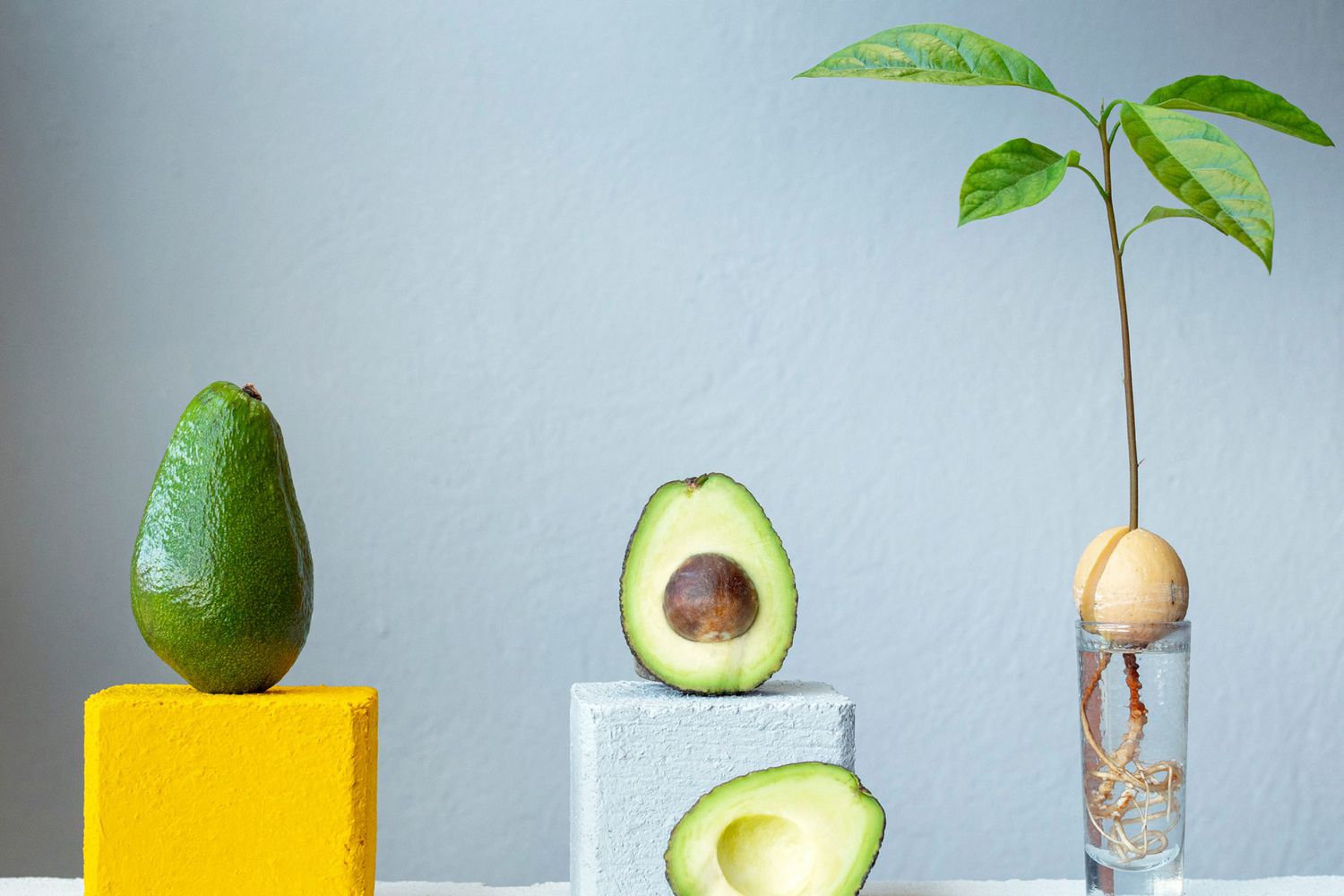
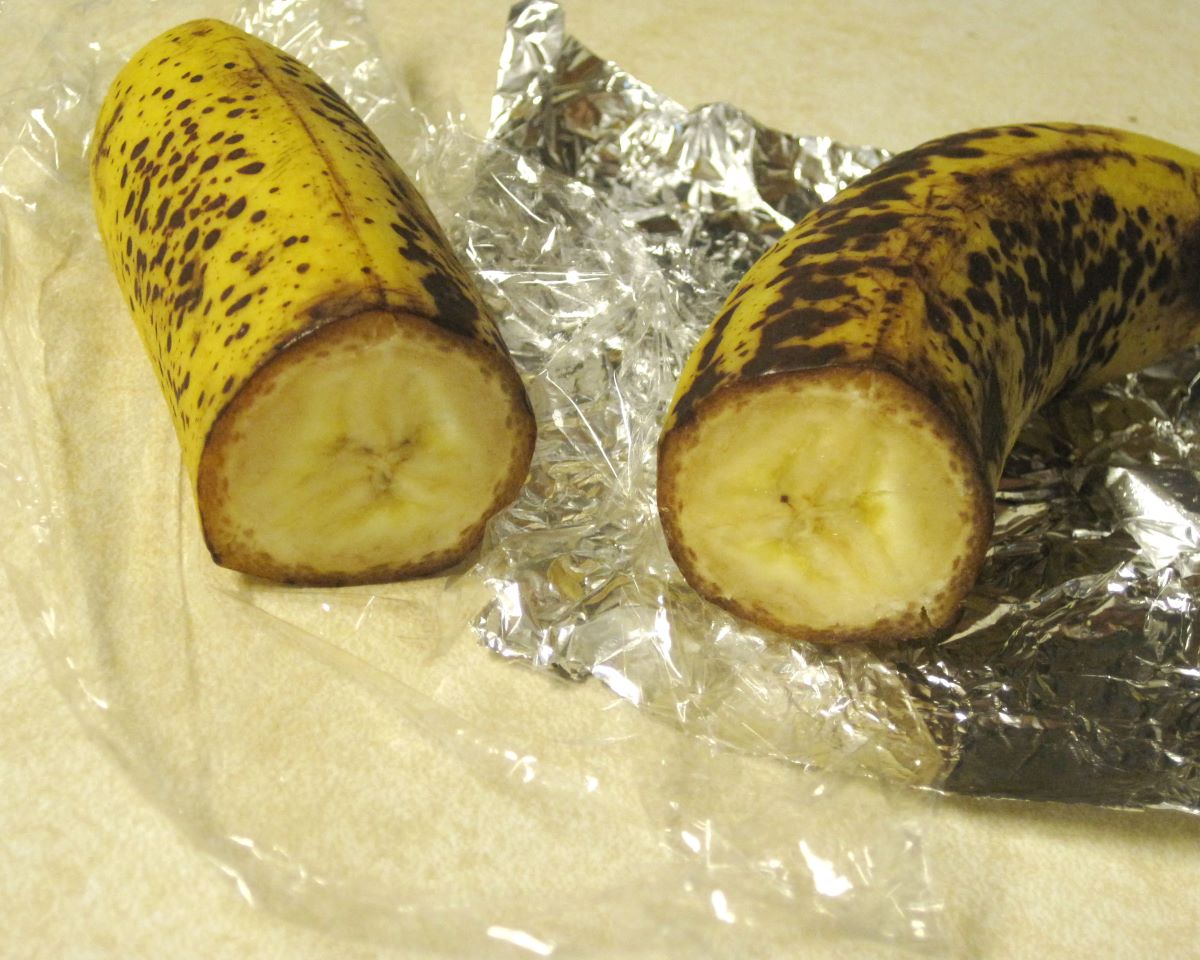
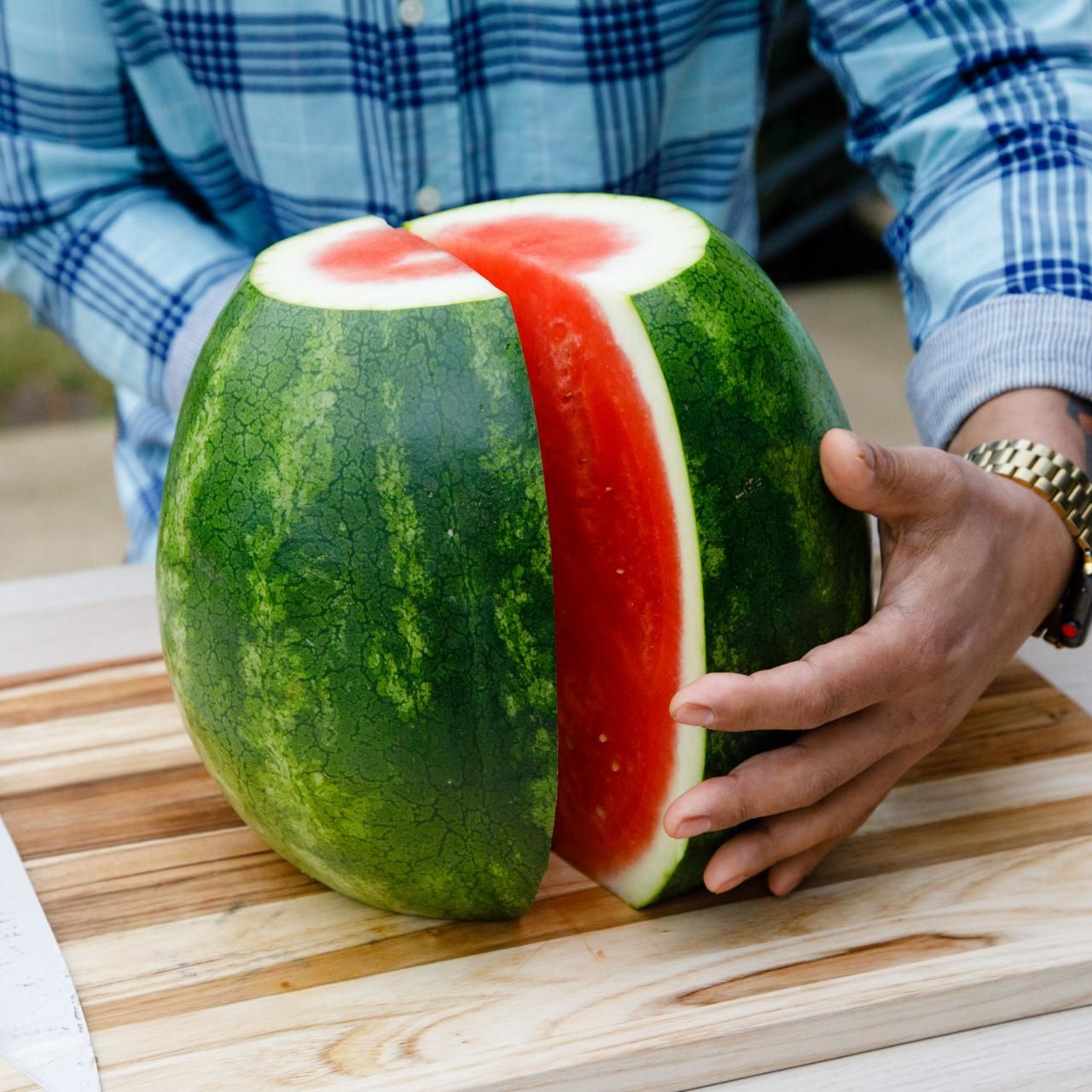
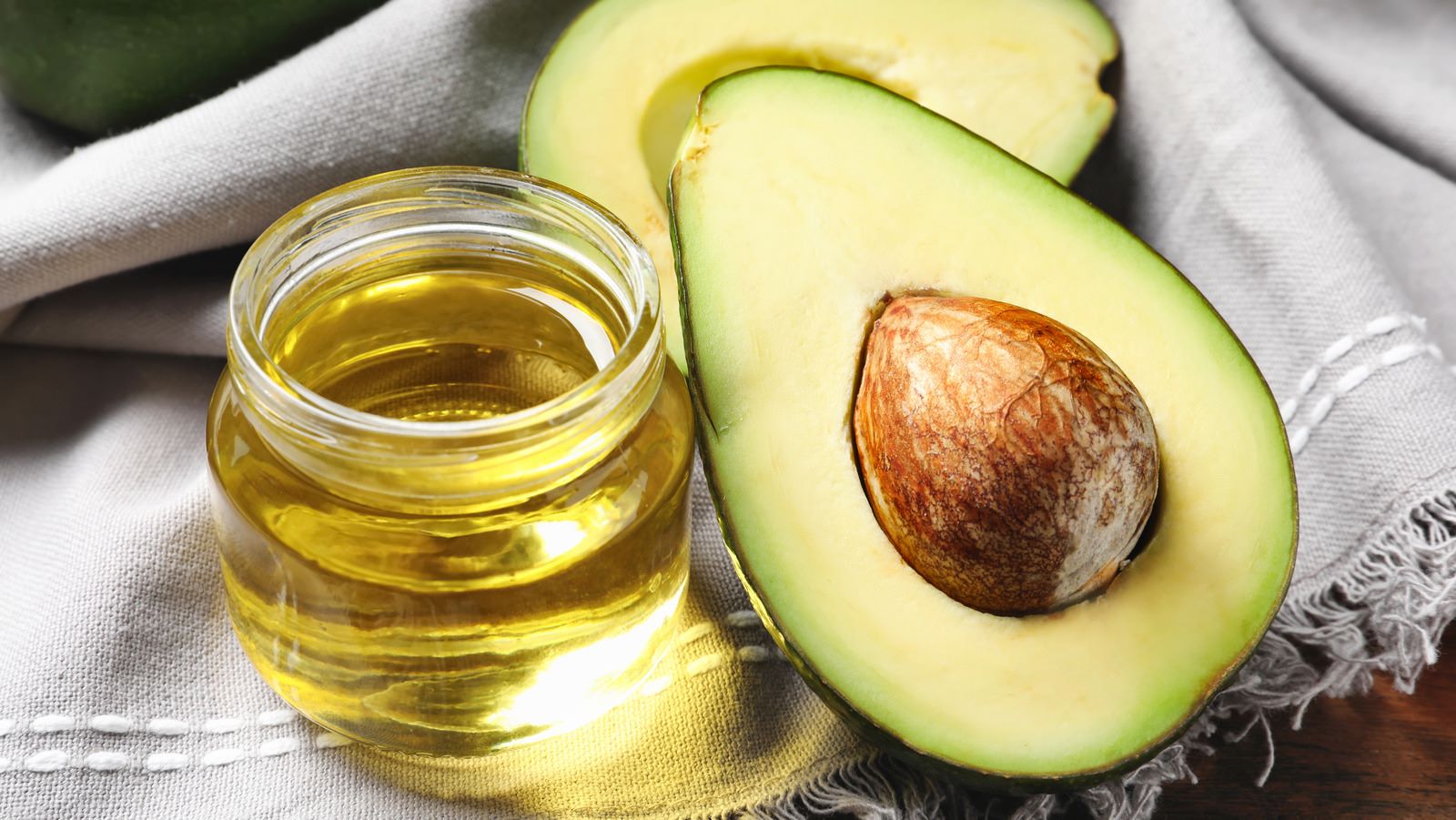
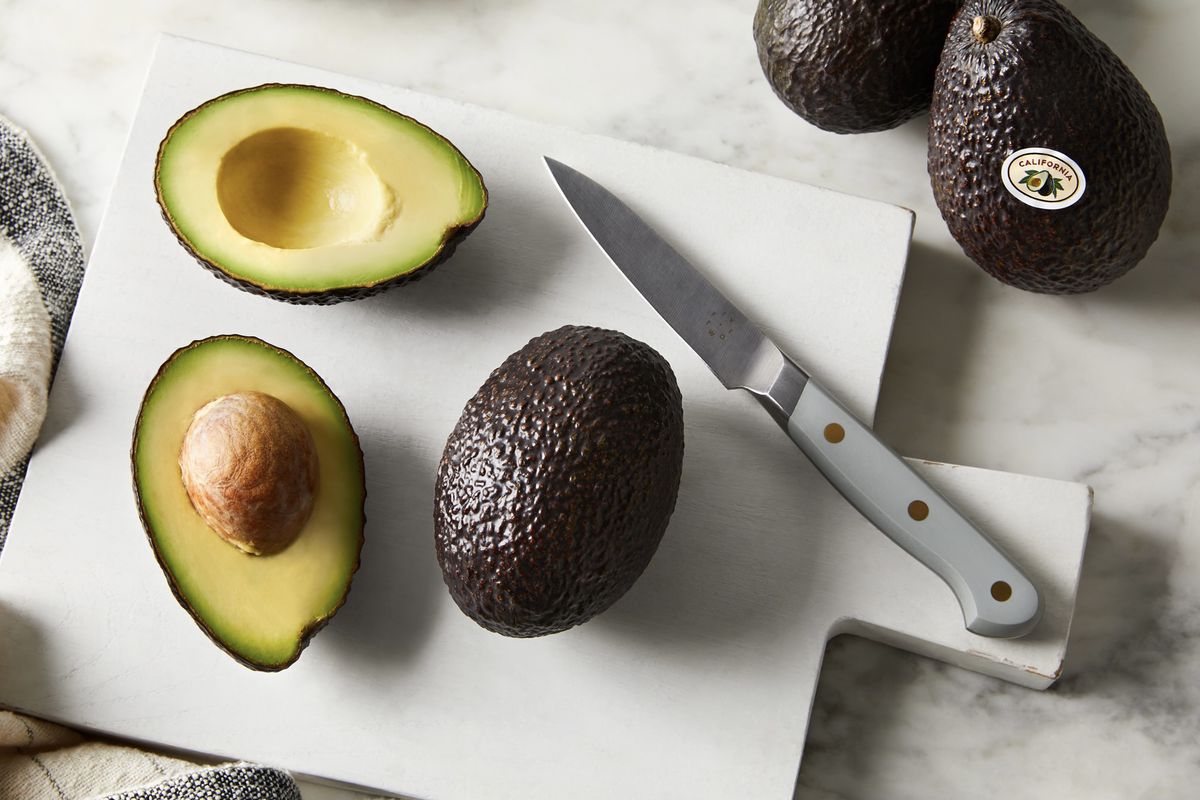

0 thoughts on “How To Store Half An Avocado In Water”